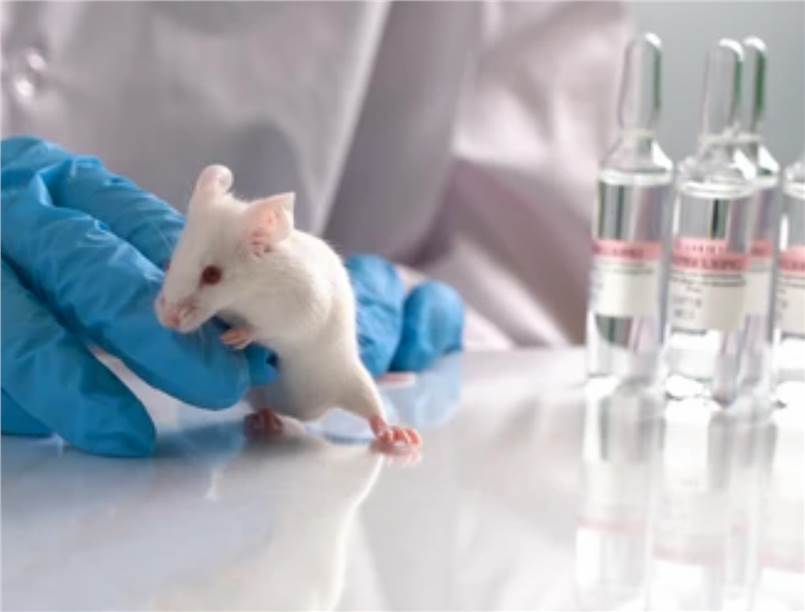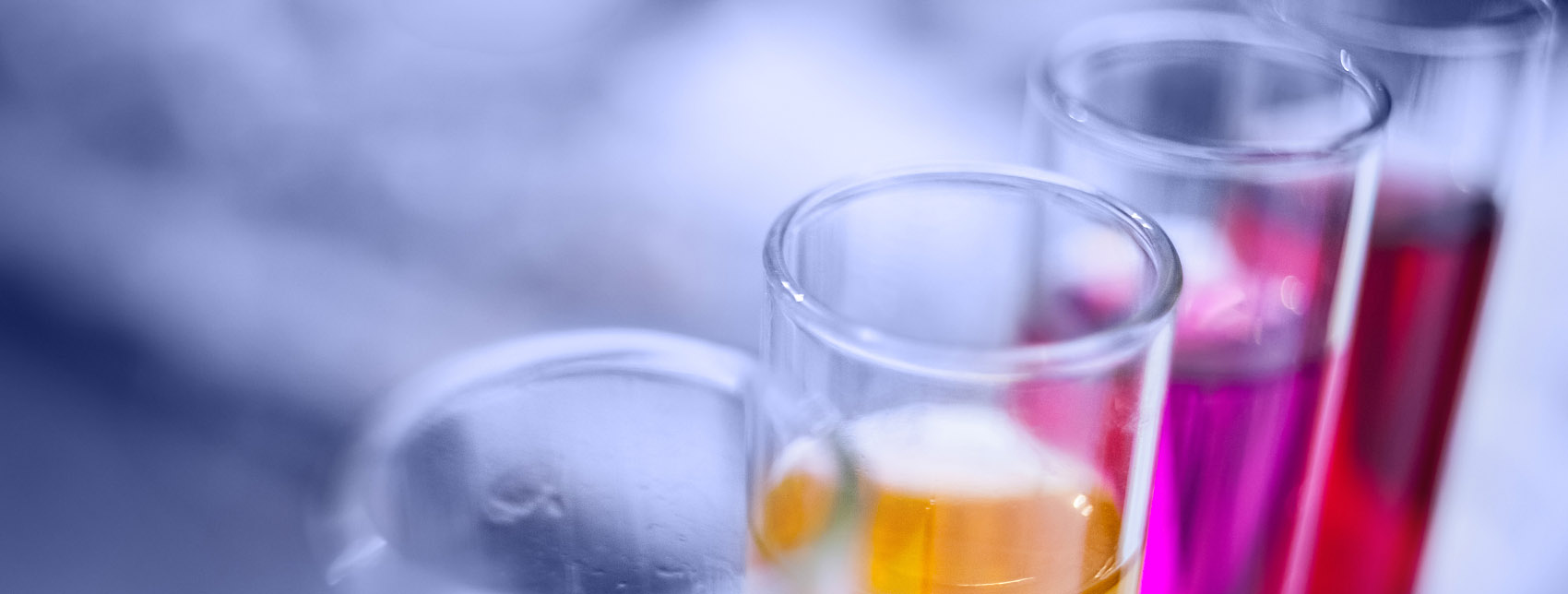Neurotoxicity refers to harmful changes in the structure or function of the nervous system due to exposure to chemical, biological or physical factors, and is more insidious and difficult to detect toxic reactions in toxicity assessment.
It is a more difficult and insidious toxic reaction to detect in toxicity assessments. It is more damaging and irreversible and has always been a key concern in safety assessments.
Our company provides professional neurotoxicity testing services to help customers evaluate the neurotoxic effects of their samples in a comprehensive manner.

Test Range
Veterinary drugs, pesticides, chemicals, fungicides, organic toxicants, solid waste, domestic waste leachate, hazardous waste, sewage, sludge, water quality, surfactants, etc.
About Neurotoxicity Test Service
Test Method
Our company divides the experimental animals into several dose groups. The animals in each group will be orally contaminated with a certain amount of sample each day for 28d, 90 days, or longer.
Neurobehavioral tests will be performed on the animals at each observation period, and histopathological tests will be performed in each group of animals of each sex at the end of the test, including the brain, spinal cord, and peripheral nerves.
When screening tests for neurotoxicity are performed alone, the animals in each group without histopathology may be used for specific neurobehavioral, neuropathological, neurochemical or electrophysiological examinations to supplement relevant neurotoxicity information.
Test Animals
Healthy adult rats are preferred by Our company. Other species of rodents can be used upon request.
Sample Preparation
If a sample cannot be prepared in its original form, we prefer to use an aqueous solution or aqueous suspension, followed by an oil or oil suspension, and finally other solvents to make the solution or suspension.
We choose a solvent that is inherently non-toxic, does not react chemically with the sample and does not interfere with the absorption of the sample.
Route of Infection
Our company recommends oral routes of administration, such as gavage, gavage, and water. Other routes (e.g., percutaneous or respiratory inhalation) may be chosen depending on the mode of exposure, toxicology, or toxicokinetic data available.

Test Observations
- Clinical observations: Abnormal changes in skin, coat, eyes, mucous membranes, oral and nasal secretions, urinary and fecal excretion, autonomic activity, and postural changes.
- Functional tests: Motor function, sensory response to different stimuli. We consider additional sensory and motor function or learning memory tests if there is other information suggesting potential neurotoxic effects of the sample.
- Body weight, food intake, and water intake measurements.
- Ophthalmic examinations.
- Blood and clinical biochemical examinations.
- Gross anatomical and histopathological examinations.
Neurotoxicity Test Report
The test report provided by Our company includes at least the following:
- Sample: Physical properties, purity, and relevant physicochemical properties.
- Solvent: Justification for the use of the solvent.
- Test animals: Species, strain, number, weeks of age, sex, and feeding conditions.
- Test conditions: a) Preparation of the sample/feed, concentration achieved, stability and homogeneity. b) Description of the dose of contamination. c) Administration procedure. d) Rationale for the choice of dose level. e) Rationale for selection of the route of infection and duration of infection.
- Observation and testing procedures.
- Test results: a) Body weight and weight change. b) Consumption of food and drinking water. c) Results of toxic reactions. d) Nature, severity and duration of clinical signs. e) Results of each functional test. f) Results of gross anatomical and histopathological examinations. g) Full results of neurobehavioral, neuropathological, neurochemical or electrophysiological examinations, if available. h) Absorption and metabolic information, if available. j) Statistical processing of the results.
- Discussion of results and conclusions: a) Dose-response information. b) Relationship between other toxicity of the sample and neurotoxicity. c) NOAEL and LOAEL. d) Overall evaluation of the neurotoxic effects of the sample.
For more information, please feel free to contact us.
Related Solutions
It should be noted that our service is only used for research, not for clinical use.


